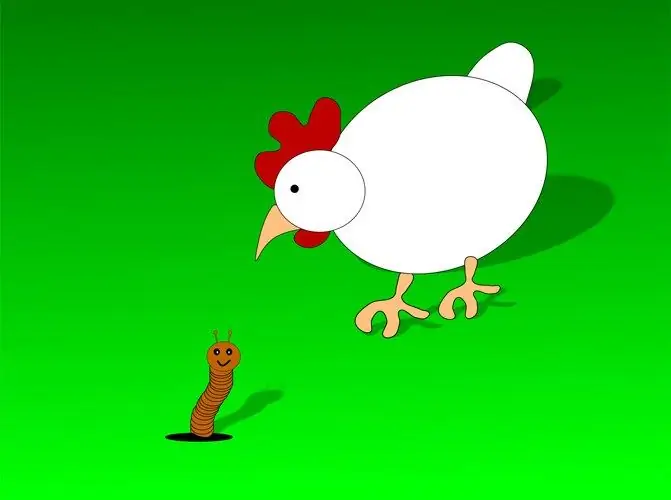One way to make a static image move is to create a simple two or three frame.

Necessary
- - Photoshop program;
- - image.
Instructions
Step 1
Load a suitable picture into a graphics editor. If you are going to animate the movement of a foreground object or part of that object surrounded by a background, choose an image with a solid background. It is advisable that the shape that will move does not cast a shadow, otherwise you will have to handle its movement. For the animation of the character's facial expressions, the background does not really matter.
Step 2
With the Duplicate Layer option found in the Layer menu, create a copy of the original image. This will be the base for the second frame of the animation.
Step 3
Copy to a new layer the part of the image that will move. To select parts of complex shapes, turn on the Lasso tool, polygonal objects can be selected using Polygonal Lasso. To separate from the background a fragment with contrasting contours, Magnetic Lasso is suitable.
Step 4
Having selected the desired fragment, apply the Layer via Copy option in the New group of the Layer menu. A new layer with a selection is created in the document.
Step 5
Transform the selected object to get the picture for the second frame. If the animated shape needs to tilt, use the Rotate option in the Transform group of the Edit menu. Small details of the figure like ears, paws, tails and noses in animals can be transformed using the Warp option from the same group or using the Liquify filter from the Filter menu.
Step 6
After the transformation, part of the original image appeared from under the parts you reshaped. Fix this by covering the extra parts with the background. To do this, go to the layer from which the part was copied and turn on the Clone Stamp tool. Pressing the Alt key, click on the background, indicating the source from which the pixels will be copied. Paint over unnecessary parts of the shape.
Step 7
If you changed the part of the shape that is not in contact with the background, make the edges of the transformed area semi-transparent so that the sharp border between the original image and the changed part is not noticeable. To do this, turn on the Erazer tool and set the Hardness parameter in the brush settings panel of this tool to a value less than fifty percent. Erase the edges of the fragment with a customized soft-edged brush.
Step 8
Merge the transformed part with the copy of the background layer. To do this, go to the top layer and use the Merge Down option from the Layer menu.
Step 9
Open the animation palette with the Animation option on the Window menu. The first frame of the future moving picture already exists in the palette. Add a second frame by clicking on the arrow button in the upper right corner of the palette and choosing the New Frame option from the menu that opens. Hide the top layer of the document with the Hide Layers option in the Layer group.
Step 10
Select both created frames and adjust their duration by choosing an appropriate value from the menu at the bottom of the palette.
Step 11
Save the picture using the Save for Web option of the File menu in.gif"






